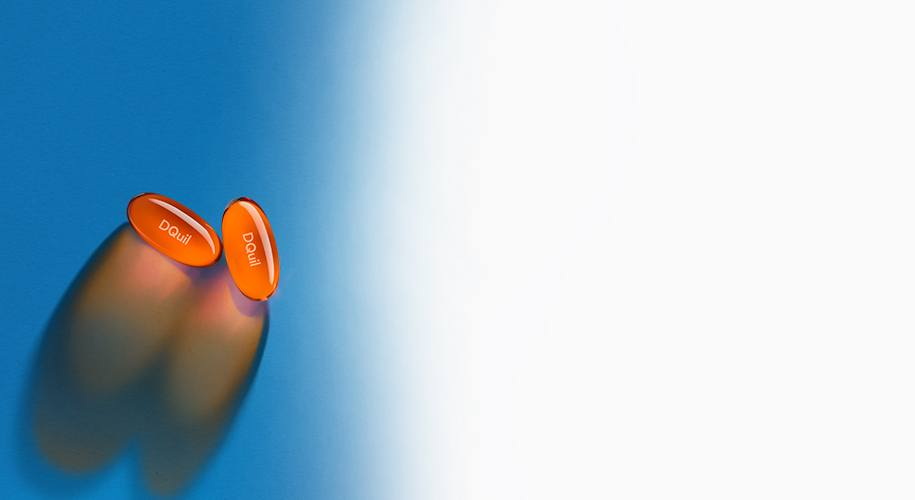What is Cold?
Sore throat, runny nose, sneezing, coughing. These are the hallmarks of the common cold—and unfortunately, it hits millions of people in the United States each year. Indeed, adults get an average of two to three colds each year while kids get even more. Although the common cold tends to hit in the winter and spring, it’s possible to contract a cold any time of year.But just what is a cold and what can you do about it? The common cold is the result of rhinoviruses. It’s very common and usually clears up on its own within about 7 to 10 days. Read on to learn more facts about the common cold and how you can treat it.


